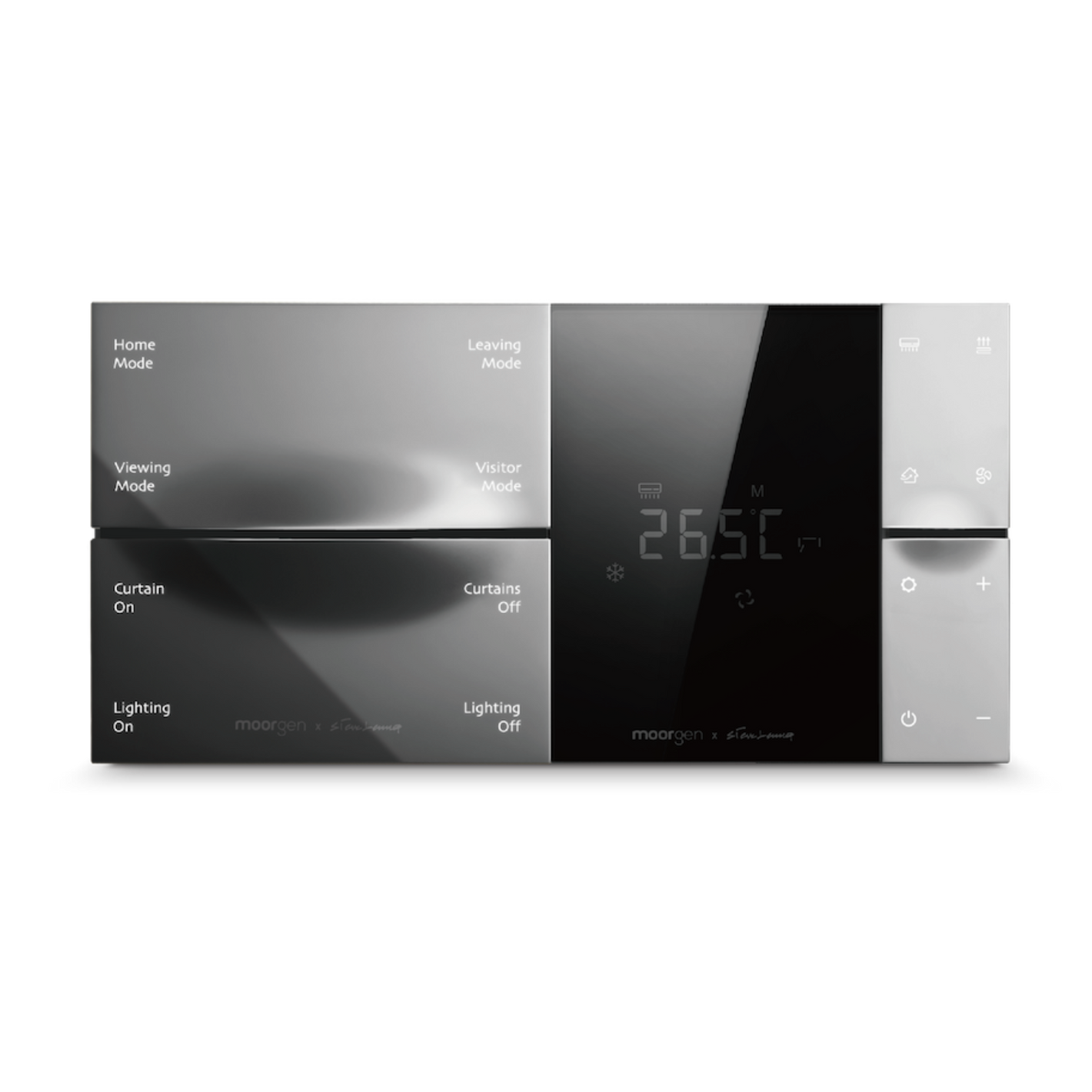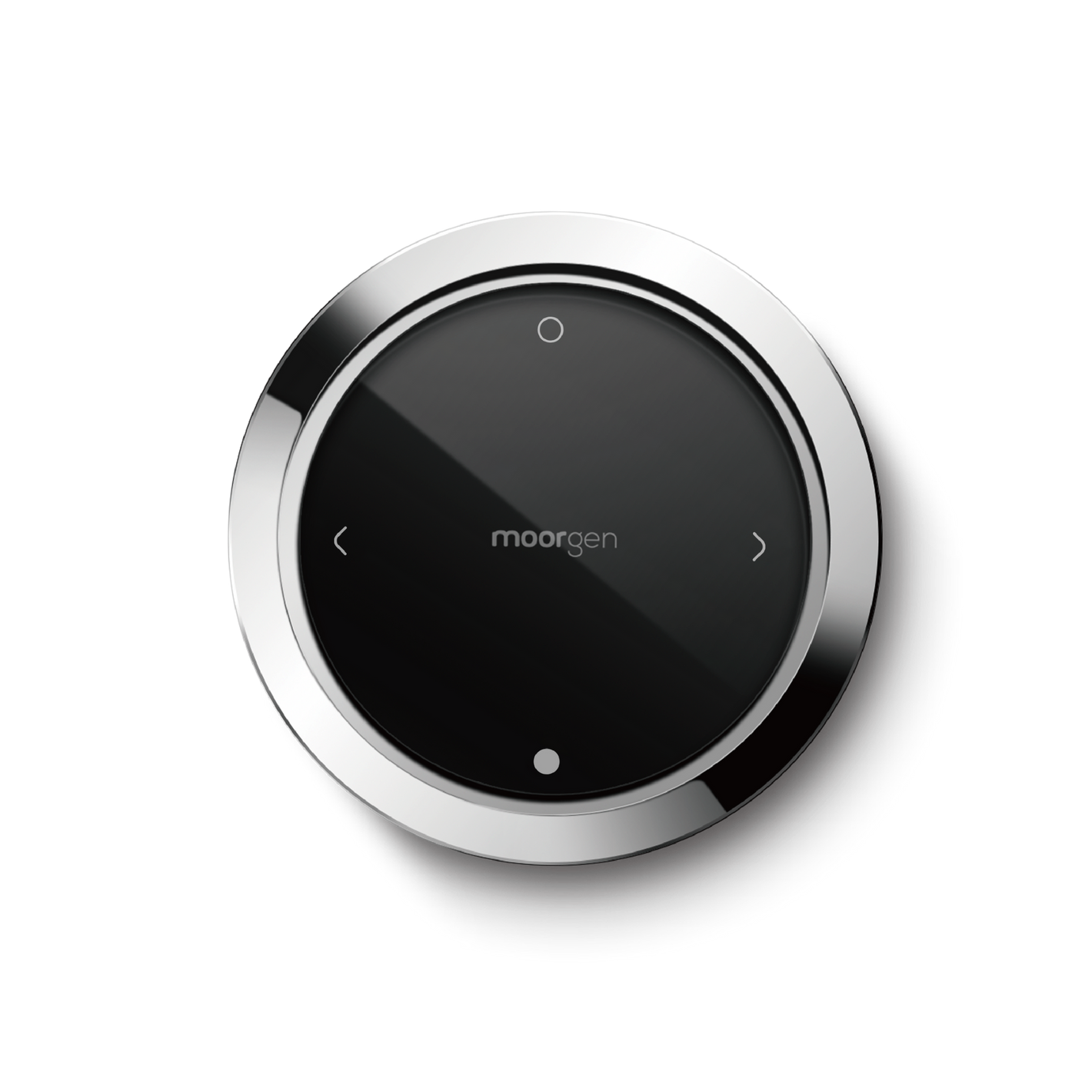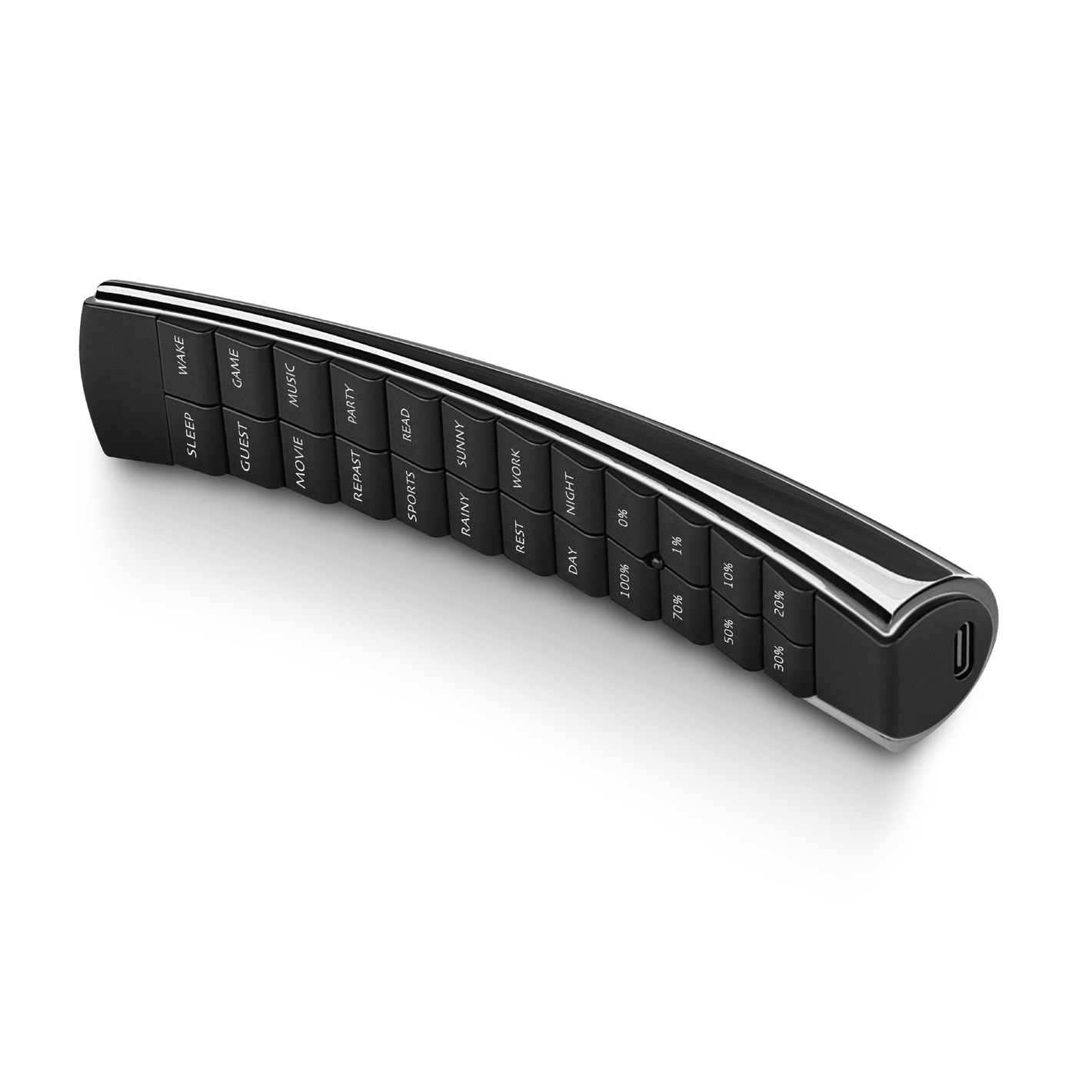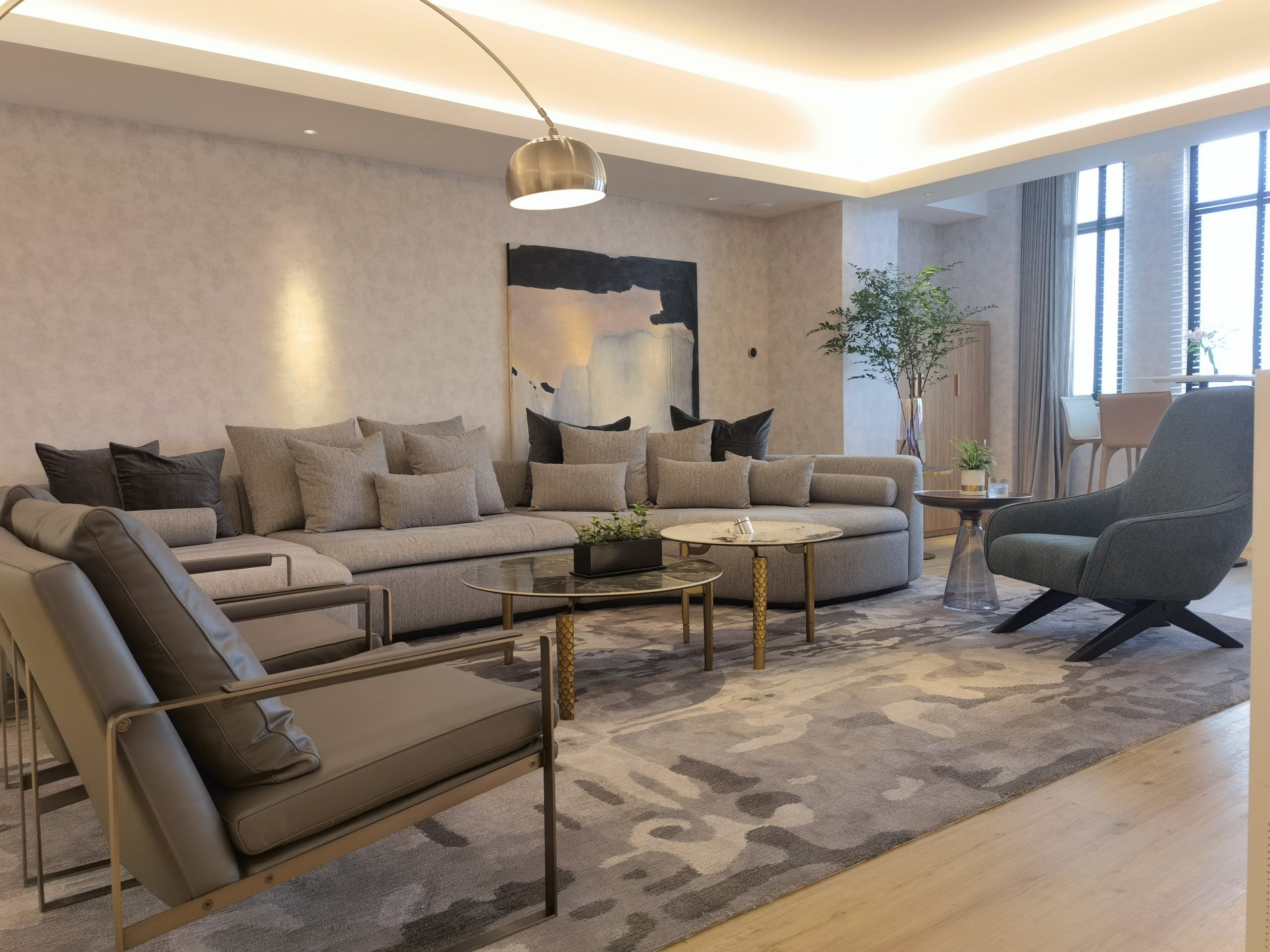【Smart Home】2024 Installation Guide in 4 Steps - No Renovation Required
The concept of smart homes has been around for almost 100 years! In Hong Kong in 2024, most households have at least one smart appliance, such as smart air conditioners, smart TVs, smart refrigerators, and more. However, having individual smart appliances or products does not constitute a Real Smart Home. This Moorgenzine article will guide you on how to install a smart home throughout your entire house without the need for renovation!
Highlights of this article:
- Step 1: Smart Home - Installation Considerations
- Step 2: Smart Home Needs
- Step 3: Flexibility of Smart Home
- Step 4: Basic Requirements and Limitations of Each Smart Appliance
Step 1: Smart Home - Installation Considerations
Since it's a smart home, the focus is on the home itself, and the conditions of your house will significantly impact smart home installation. Here are key points to consider:
House Size
The type of unit you live in, whether it's a small unit like public housing or private apartments or a larger unit like village houses or standalone houses, will affect your choice of smart home systems and network requirements.
Renovation Decision
The extent of your smart home depends on whether your house will undergo renovation. Full house renovations allow flexibility in choosing any smart home platform, products, and smart controllers. Without renovation, you'll need smart home configurations that don't require renovation, though product and controller choices might be more limited.
Rewiring
Smart homes primarily rely on chips within smart products for control. Some products, like lights and switches, involve different wiring for "L-wire" and "N+L-wire." Whether you need to rewire your house will also influence product and controller choices.
If you would like to learn more about "L-wire" and "N+L-wire,” please refer to L-wire? N+L-wire? How to Plan a Smart-Home-Ready Renovation?
Number of Walls
The number of walls and corners in your house affects smart home installation, particularly in terms of network configuration (Wi-Fi and Zigbee) and the connectivity of smart appliances to platforms.
Step 2: Smart Home Needs
Knowing what you need in your house, where you spend most of your time, is crucial for a smart home.
Lifestyle and Habits
Consider your daily habits and lifestyle to choose smart home products that bring comfort and safety, such as different lighting scenarios, convenient smart door locks, or stable and comfortable smart air conditioning.
If you would like to learn more about smart door locks, please refer to Smart Door Lock: 7 Tips on Installation and 6 Features to Know
Brand and Origin
Brand reputation is essential for quality assurance. Premium smart home brands like Moorgen ensure certified and quality-guaranteed products. A wide selection of major brands provides options that suit your preferences.
Specific Requirements
If you want to control smart home devices through panels, mobile apps, or voice, check whether the chosen platform and system support these control methods. Additionally, consider the design compatibility with your house's interior style.
If you would like to learn more about how smart home can be integrated with different interior design, please refer to 【Stylish Smart Home】Smart Panels for 7 Common Interior Design Styles in Hong Kong.
Moreover, smart home installations can be either DIY (Do It Yourself) or opting for a one-stop service.
DIY or One-Stop Smart Home
Platforms like Apple HomeKit, Google Assistant, and Amazon Alexa are popular DIY smart home platforms. However, compatibility issues may arise when connecting different smart appliances to these platforms. Opting for a one-stop solution like Moorgen eliminates such concerns, as Moorgen's system seamlessly connects various major brand smart appliances, providing hassle-free installation and comprehensive services.
Familiarity with Smart Homes
If you choose DIY, your familiarity with smart home technology is crucial. Different connectivity standards, such as Wi-Fi, Zigbee, Bluetooth, may require specific knowledge. Opting for a one-stop system and service like Moorgen's smart home system makes design, installation, and after-sales services convenient.
If you would like to learn more about the difference between Wi-Fi and ZigBee, please refer to Zigbee and the Difference with Wi-Fi in Smart Homes
Step 3: Flexibility of Smart Home
Smart homes offer great flexibility, mainly understood through two aspects: Smart Home Solutions and Smart Home Scenarios.
Smart Home Solutions
-
Whole House Smart Solution: Comprehensive solution that centralizes all smart appliances in the entire house through a mobile app and one or more smart control panels, allowing convenient centralized control.
-
Smart Lighting Solution: Controls lighting throughout the house, including living room, dining room, bedroom, bathroom, and kitchen. Various settings for turning lights on and off, including specific times, automatic light intensity sensing, and scene modes.
If you would like to learn more about how smart bulbs and smart lighting, please refer to Smart Bulbs: Styles, Specification and Control Method - Detailed Guide
If you would like to learn more about "L-wire" and "N+L-wire,” please refer to L-wire? N+L-wire? How to Plan a Smart-Home-Ready Renovation?
-
Automatic Sensing Solution: Diverse solution using sensors such as temperature, humidity, and light sensors to automate connected lights, curtains, air conditioners, TV, and audio.
- Smart Monitoring Solution: Designed for home security, providing continuous monitoring of both interior and exterior. It includes an alarm function for abnormal situations like movement inside the house when no one is home, allowing real-time communication with visitors.
Smart Home Scenarios
-
Theater Mode: Automatically closes smart curtains and dims lights when activated. Simultaneously, audio-visual equipment turns on for an extraordinary cinematic experience.
-
Away Mode: Automatically turns off smart appliances and lights when activated. Specific settings like opening curtains for sunlight or automatic laundry can be pre-configured.
- Sleep Mode: Adjusts lighting to a comfortable level, closes curtains, and automatically regulates the air conditioner for a peaceful sleep. Motion sensor-activated lights in the bathroom make nighttime visits convenient.
Step 4: Basic Requirements and Limitations of Each Smart Appliance
Once you understand your needs, know what type of electronic products and appliances you want, and have set different scenarios, it's essential to know the basic requirements and limitations of each smart appliance.
Smart Light Switch / Smart Bulb
- Understanding the difference between "zero-fire" and "single-fire" switches.
- Knowing the limitations in connecting multiple light sets and the layout of light switches in the unit.
Smart Air Conditioner
- Identifying whether it's a "window unit" or a "split unit" and whether it can be operated with a remote control.
-
Considering brand compatibility and the need for additional sensors for infrared receivers.
If you would like to learn more about smart air conditioners, please refer to [Smart Home] How to Make Your Home Air Conditioner Smart?
Smart Curtains
- Knowing the type of curtains in your house and selecting the appropriate smart curtain device.
- Considering the need for wiring if there's no nearby power outlet.
If you would like to learn more about smart curtains, please refer to Smart Window Curtains: No Need for Renovation! Understanding the Differences Between Vertical Blinds and Roller Blinds
This article provides a comprehensive guide to understanding the latest in whole-house installation of smart homes. For any questions or further assistance, feel free to contact Moorgen. Visit Moorgen's showroom in North Point, Hong Kong, to experience the true essence of a Real Smart Home.
Smart Home Q&A
What smart home platforms are available in the Hong Kong market?
Entry-level options typically include Apple HomeKit, Google Assistant, and Amazon Alexa, each with its own strengths and weaknesses. For a more advanced smart home experience, many choose platforms like Moorgen Smart Home, known for its comprehensive features and product integration with interior design styles, elevating the smart home experience to the highest level.
Why is it necessary to choose a smart home platform?
Without a smart home platform, control relies on individual smartphone apps or device-specific settings, which can be inconvenient. Opting for a smart home platform allows centralized control of all smart appliances through a mobile app and smart control panels, providing much greater convenience.
What should be the primary consideration when setting up a smart home?
The key considerations for setting up a smart home include ensuring a stable Wi-Fi network with sufficient coverage. Additionally, the choice between wireless communication protocols, such as Wi-Fi or ZigBee, should be made based on specific requirements. Both Wi-Fi and ZigBee operate in the 2.4GHz frequency band, so having a stable 2.4GHz Wi-Fi network at home is essential for successful smart home setups.
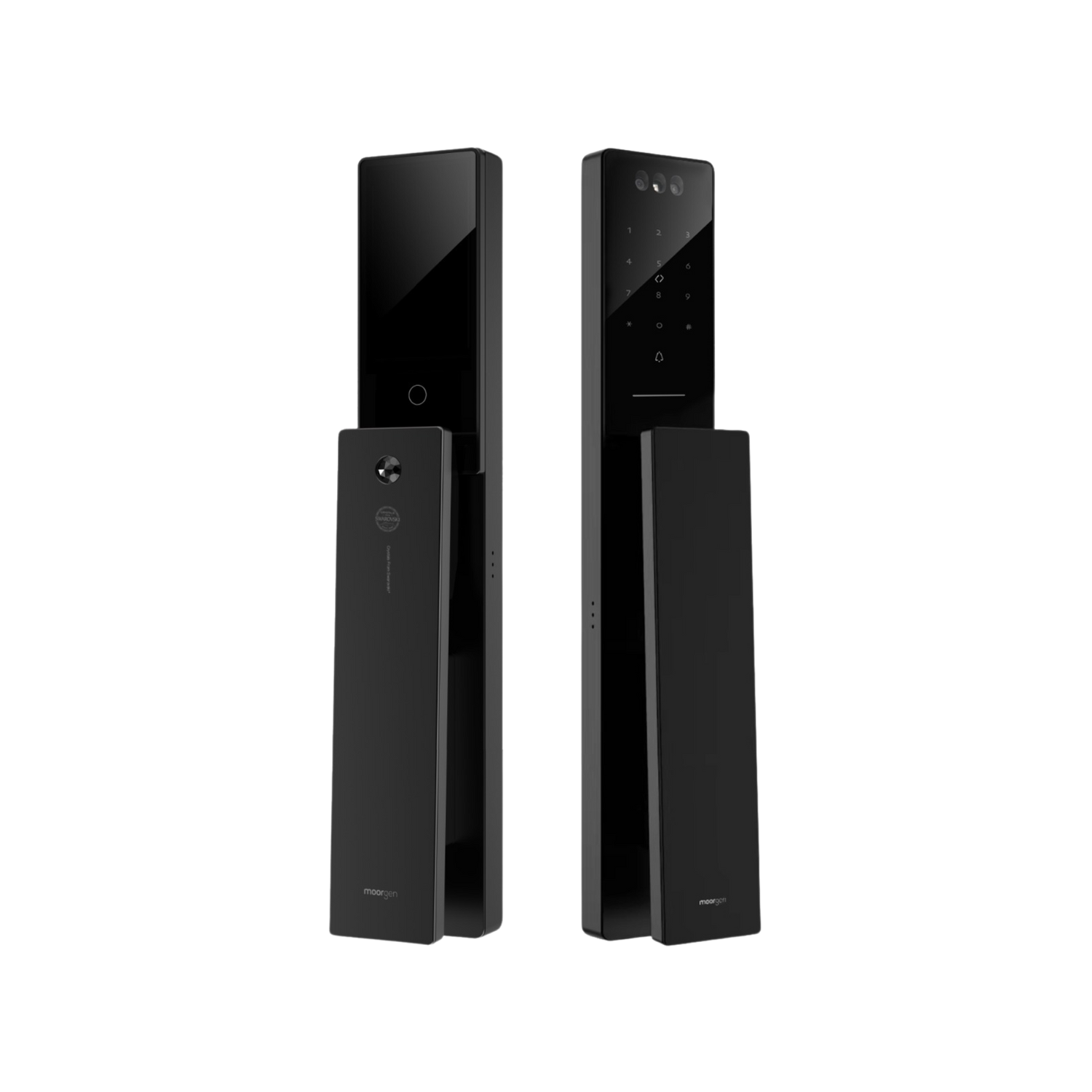


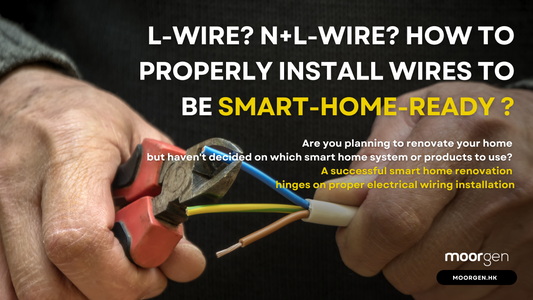



![[Smart Living] How to Choose a Smart Power Strip? Swift Transform Your Home into a Smart Home!](http://moorgen.hk/cdn/shop/articles/blog_cover_moorgen_how_to_choose_smart_power_strip.png?v=1728137093&width=533)
![[Smart Living] How to Choose LED Bulbs? Which Ones Are the Most Energy-Efficient?](http://moorgen.hk/cdn/shop/articles/blog_cover_moorgen_how_to_choose_led_bulbs.png?v=1728136975&width=533)
![[Smart Living] How to Choose an Instant Hot Water Dispenser and Use It Efficiently?](http://moorgen.hk/cdn/shop/articles/blog_cover_moorgen_how_to_choose_instant_hot_water_dispenser.png?v=1728136837&width=533)
![[Smart Living] 5 Energy-Saving Tips for Electric Kettles](http://moorgen.hk/cdn/shop/articles/blog_cover_moorgen_energy_saving_tips_electric_kettles.png?v=1728136710&width=533)
